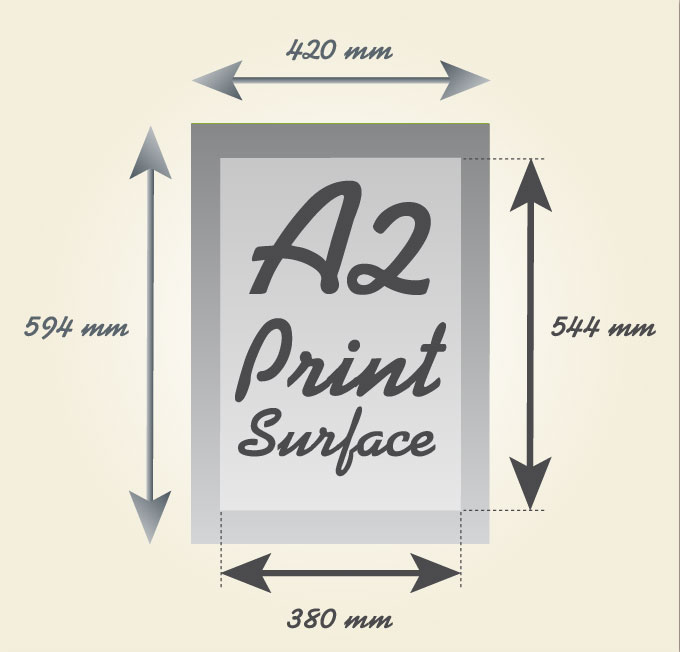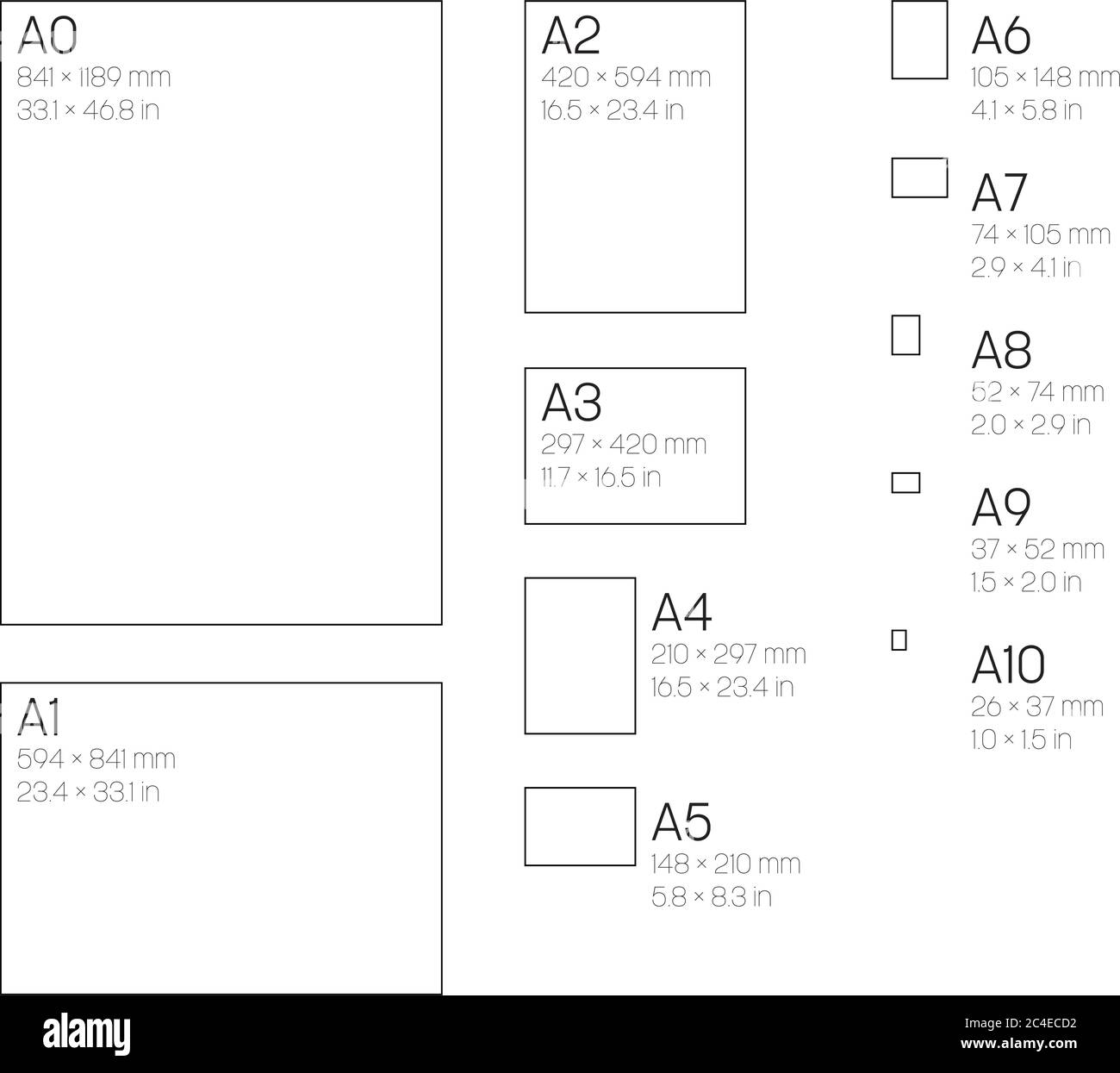A4 sheets are one of the most commonly used paper sizes in the world. They are widely used for printing documents, making posters, and even for everyday tasks such as note-taking and doodling. However, many people are not aware of the exact dimensions of an A4 sheet, especially when it comes to measurements in millimeters. In this article, we will delve into the details of A4 sheet dimensions in mm and why they are so important in our daily lives.
What is an A4 Sheet?

Before we dive into the specifics, let’s first understand what an A4 sheet actually is. An A4 sheet is a standard paper size that is used in most countries around the world except for North America. It is part of the ISO 216 standard, which defines the sizes of paper used for printing and other purposes. The dimensions of an A4 sheet are 210mm x 297mm, or approximately 8.3 inches by 11.7 inches. This makes it slightly longer and narrower than a typical letter-sized paper used in North America.
History of A4 Sheet Dimensions
The A4 sheet size was first introduced by a German engineer named Dr. Walter Porstmann in 1922. The idea behind this new paper size was to create a standard that would simplify paper sizes and reduce waste. The A series of paper sizes, including A4, are based on the ratio of 1:√2, meaning that if you fold a sheet of A4 paper in half, you will get two smaller sheets with the same proportions.
Importance of A4 Sheet Dimensions
The A4 sheet size has become the standard for various purposes, including printing documents, letters, and forms. It is also widely used for drawings, diagrams, and charts due to its convenient size and aspect ratio. A4 sheets are easy to handle and fit into most printers, making them a popular choice for everyday use. The dimensions of an A4 sheet are also ideal for filing and storing documents in folders or binders.
Understanding A4 Sheet Dimensions in mm

As mentioned earlier, the dimensions of an A4 sheet are 210mm x 297mm. Let’s break down these numbers to better understand their significance.
Measurement in Millimeters
The first number, 210mm, represents the width of an A4 sheet. This is equivalent to approximately 8.3 inches. In terms of millimeters, this measurement is equal to 21 centimeters or 2100 millimeters. To put it into perspective, the width of an A4 sheet is slightly longer than the length of a standard pen or pencil.
Measurement in Centimeters
The second number, 297mm, represents the length of an A4 sheet. This is equivalent to approximately 11.7 inches. In centimeters, this measurement is equal to 29.7 centimeters. To visualize this, think of the length of an A4 sheet as slightly shorter than the width of a laptop screen.
Aspect Ratio
The aspect ratio of an A4 sheet is 1:√2, which means that if you divide the width by the length, you will get the square root of 2. In this case, the aspect ratio is approximately 1:1.414. This particular aspect ratio makes it easier to scale up or down when printing or copying documents without losing any important information.
Common Uses of A4 Sheets

A4 sheets have become an integral part of our daily lives, with various uses in different fields. Let’s take a look at some of the most common uses of A4 sheets.
Printing Documents
One of the primary uses of A4 sheets is for printing documents. Whether it’s a school assignment, a business report, or a resume, A4 sheets are the go-to choice for many. The standardized dimensions of A4 sheets make it easier to print and share documents without worrying about compatibility issues.
Making Posters and Flyers
Due to its convenient size and aspect ratio, A4 sheets are also used for making posters and flyers. Many businesses and organizations use A4 sheets to create eye-catching promotional materials that can be easily distributed to their target audience.
Note-taking and Doodling
A4 sheets are also widely used for everyday tasks such as note-taking and doodling. The size of an A4 sheet provides enough space to jot down notes or ideas without feeling cramped. Many people also prefer using A4 sheets for sketching and drawing due to its larger surface area.
FAQs about A4 Sheet Dimensions

Q: Why is the A4 sheet size different from letter size?
A: The A4 sheet size was created as part of the ISO standard, while the letter size is used primarily in North America. The A4 size is slightly longer and narrower than the letter size, making it more efficient for printing and filing.
Q: Can I use an A4 sheet in my printer if I live in North America?
A: Yes, most printers have adjustable paper trays that can accommodate both A4 and letter-sized paper. However, you might need to adjust the settings on your computer or printer before printing to ensure proper alignment.
Q: Are there other sizes in the A series of paper sizes?
A: Yes, the A4 size is part of a series of paper sizes that includes A0, A1, A2, A3, A5, A6, and so on. Each size is half the size of the one above it, following the 1:√2 aspect ratio.
Q: Are A4 sheets used in other countries besides Europe?
A: Yes, A4 sheets are used in many countries around the world, including Asia and Africa. However, some countries still use their own standard paper sizes for specific purposes.
Q: Can I cut an A4 sheet into two equal pieces to get two A5 sheets?
A: No, cutting an A4 sheet in half will result in two sheets with different proportions. To get two equal A5 sheets, you would need to cut an A4 sheet in half lengthwise, resulting in two sheets with dimensions of 148mm x 210mm.
Conclusion

In conclusion, understanding A4 sheet dimensions in mm is important as it allows us to better utilize this commonly used paper size in our daily lives. From printing documents to creating artwork, A4 sheets have a wide range of uses, making them an essential tool for both personal and professional purposes. So the next time you pick up an A4 sheet, remember its dimensions and how they contribute to its widespread use.